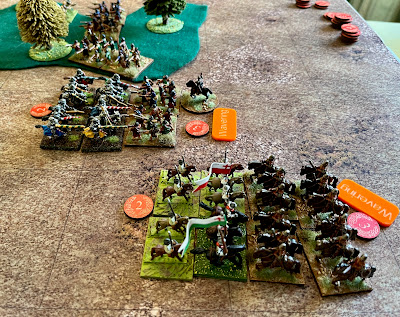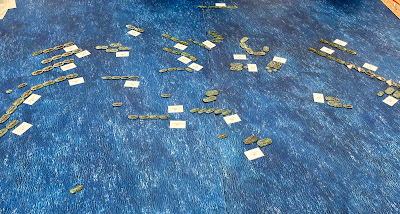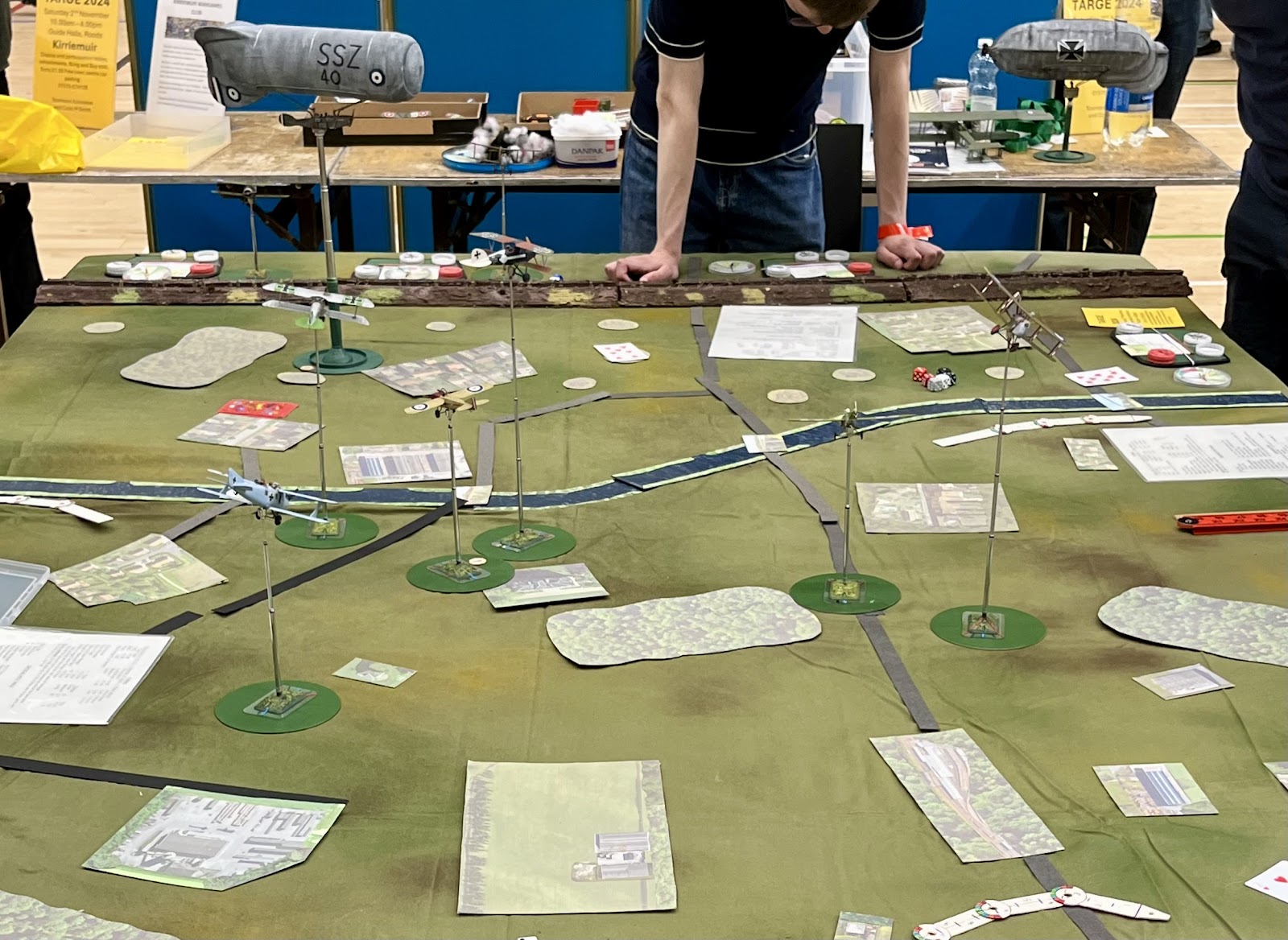The final book in Nigel Tranter's trilogy covering the rule of James V deals with the conflict with Henry VIII of England, known as the Rough Wooing. Tranter continues to tell the story through David Lindsay, The Lord Lyon.
The book starts in the final years of James V's rule. He died in 1542, aged only 30, and his final years also involved war with Henry VIII and the maintenance of the French alliance. After his first French wife died, he remarried the competent Mary of Guise, mother of their only surviving child, Mary Queen of Scots. The war was a mixed success, with the Scots winning at Haddon Rig but losing at Solway Moss.
The Rough Wooing proper was sparked after James' death, leaving his infant daughter, Mary, as the heir to the Scottish throne. At the same time, Henry VIII of England, engaged in religious and political conflicts with various European powers, saw an opportunity to influence Scotland through a marriage alliance. In 1543, Henry VIII sought to secure this alliance through the Treaty of Greenwich, which proposed Mary's marriage to his son Edward. However, the treaty was unpopular in Scotland, where there was strong resistance to the idea of English domination. The Scottish Parliament ultimately rejected the treaty, leading to a breakdown in relations between the two countries.
There were three main battles and plenty of border skirmishing, although Tranter only covered some incidentally, as Lindsay was only sometimes present.
- The Burning of Edinburgh (1544): The English, under the command of the Earl of Hertford (later Duke of Somerset), launched a devastating raid on Edinburgh, burning much of the city and surrounding areas in an attempt to force the Scots to submit.
- The Battle of Ancrum Moor (1545): A significant Scottish victory during the Rough Wooing, where a Scottish force defeated an English army, boosting Scottish morale and resistance.
- The Battle of Pinkie Cleugh (1547) was fought on the banks of the River Esk near Musselburgh, Scotland. It was the last pitched battle between Scotland and England before the Union of the Crowns, and the Scots suffered a disastrous defeat.
- The Siege of Haddington (1548): English forces captured and fortified the town of Haddington but faced a prolonged and costly siege by the Scots, who were supported by French troops sent by Mary of Guise, the Queen Regent of Scotland.
The Rough Wooing ultimately failed to achieve its primary objective. Despite the intense pressure and destruction wrought by the English, the Scots refused to agree to Mary and Edward's marriage. Instead, in 1548, at the end of the book, Mary was sent to France to marry the Dauphin Francis, solidifying an alliance between Scotland and France against England. The Rough Wooing concluded with the Treaty of Norham in 1551, effectively ending the hostilities. Henry VIII had also died by this time.
This book contains more action, as well as internal disputes and religious reform that dominated the period. The Rough Wooing is not well-known, but this book, although fiction, sticks closely to history.
For the wargamer, Border Wars works well for skirmishing. I have been trying out DBA Renaissance for the larger battles, which provides an excellent quick game. The midweek game saw a narrow victory for the Scots. English firepower forced the Scots off the hill, but the pikes managed to defeat both the English cavalry and the billmen.







































